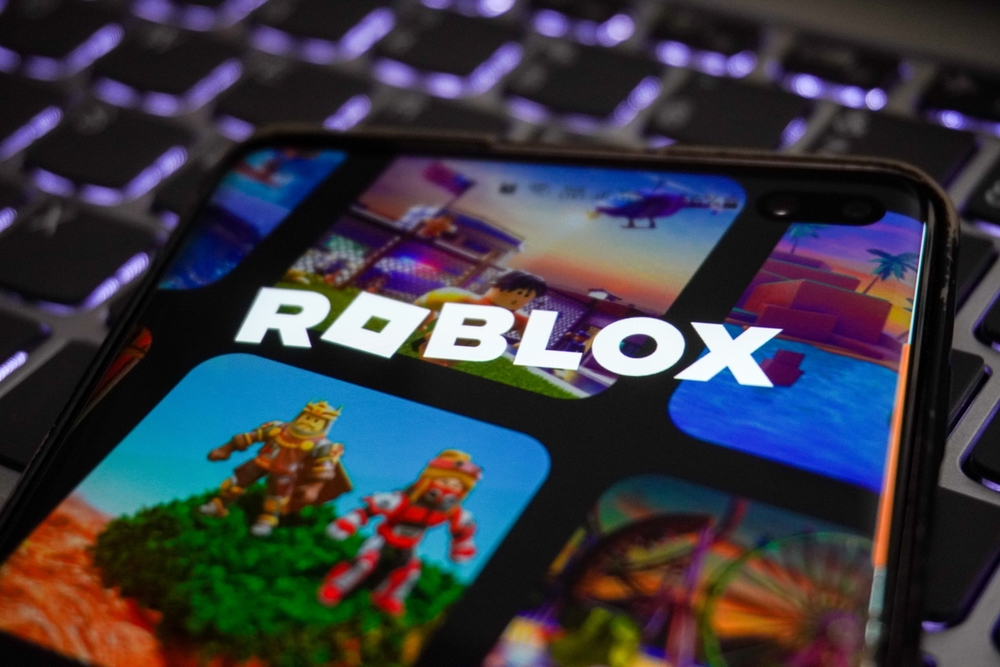
Examining Claims: A Look at the Roblox Abuse Lawsuits
The digital playground of Roblox has become a realm of boundless creativity and collaboration, attracting millions of young gamers worldwide. Its rapidly evolving landscape offers users the power to create and play in an increasingly rich virtual universe. However, beneath the veneer of creativity lurks the unsettling issue of user safety, a concern thrust into the spotlight with recent legal actions.
The Emergence of Roblox Abuse Lawsuits: What’s at Stake?
Recent developments have seen Roblox Corporation come under legal scrutiny with lawsuits alleging abuses on the platform. These cases raise questions about the responsibilities of tech companies to safeguard their young users from exploitation and other forms of harm.
The Roblox lawsuit epitomizes the strife between the free flow of user interaction and the imperative of user protection. Plaintiffs argue that the company has not done enough to monitor activity on its platform, resulting in dire consequences for some of its younger users. This litigation has the potential to create precedents regarding how online platforms regulate user content and interaction.
At the heart of this controversy is the balance between fostering a creative and free environment and implementing the necessary safeguards against abuse. These lawsuits could force a reevaluation of current safety protocols and usher in a new age of digital child protection measures.
Parents and educators are closely watching these proceedings, as the verdicts could heavily impact how children interact with digital worlds in the future. The ramifications include potential policy changes, heightened awareness of digital risks, and amplified discourse on the psychosocial effects of virtual interaction for young, impressionable users.
Analyzing the Legal Arguments in Roblox Abuse Cases
Legal experts are parsing the arguments presented in the Roblox abuse cases, which revolve around the duty of care owed by the platform to its users. The crux of the argument is whether Roblox can and should do more to monitor and prevent exploitation within its virtual bounds. The nature of user-generated content adds complexity to the debate, as it heightens the challenge of regulating the vast amount of material exchanged daily.
Aside from the ethical imperative of protecting children, there is also the legal aspect concerning liability for potential harms encountered on the platform. Courts are tasked with interpreting existing laws and precedents within the rapidly evolving digital landscape, which is uncharted territory for many judicial systems.
Central to these deliberations are interpretations of digital privacy, freedom of expression, and user consent. Lawyers representing the plaintiffs emphasize the vulnerability of children and the ethical obligation to have robust protective systems in place. Conversely, Roblox’s defense might highlight user agreements, existing safety tools, and the practical limitations of monitoring an expansive, user-driven platform.
Analysts predict a rigorous evaluation of digital duty of care standards and the responsibilities of platforms in similar situations. The results of these legal battles could significantly influence the course of litigation against other social platforms and game developers.
The Impact of Digital Environments on User Safety and Responsibility
The growing concern around user safety in digital environments like Roblox necessitates a broader discussion about the impact of these virtual spaces on their audiences. With millions of users, the dialogue includes not just the role of the platform but also the engagement of parents, educators, and the users themselves. The discourse extends to understanding the multifaceted layers of online interaction and the potential risks it poses to minors.
One area of focus is the psychological impact of online experiences, which can profoundly affect young minds. Since the barrier between reality and the virtual sphere grows increasingly thin, ensuring positive and safe encounters is paramount. The content children view and engage with can have lasting impressions, making it vital for digital environments to be regulated conscientiously.
Responsibility also lies in the hands of the users, which in this context, translates to a shared responsibility with the parents or guardians. Education around internet safety, digital etiquette, and the mechanics of online interaction is essential. It empowers the users to engage with the digital world wisely and to recognize and report instances of abuse or inappropriate content.
Roblox and platforms alike carry a heavy burden regarding user safety, as each incident of abuse casts a shadow on the bright potential of these digital playgrounds. Changes in policy, enhanced moderation, and proactive user education are crucial in transforming these spaces into secure environments for all users, especially the most vulnerable ones.
Overall, the dialogue surrounding the Roblox abuse lawsuits signals a vital turning point for digital platforms hosting young audiences. As we await the outcomes of these legal challenges, the broader discourse must involve not just tech companies but the users themselves and their guardians.








